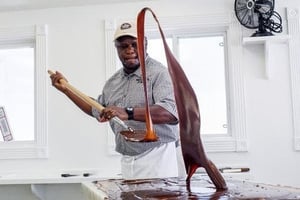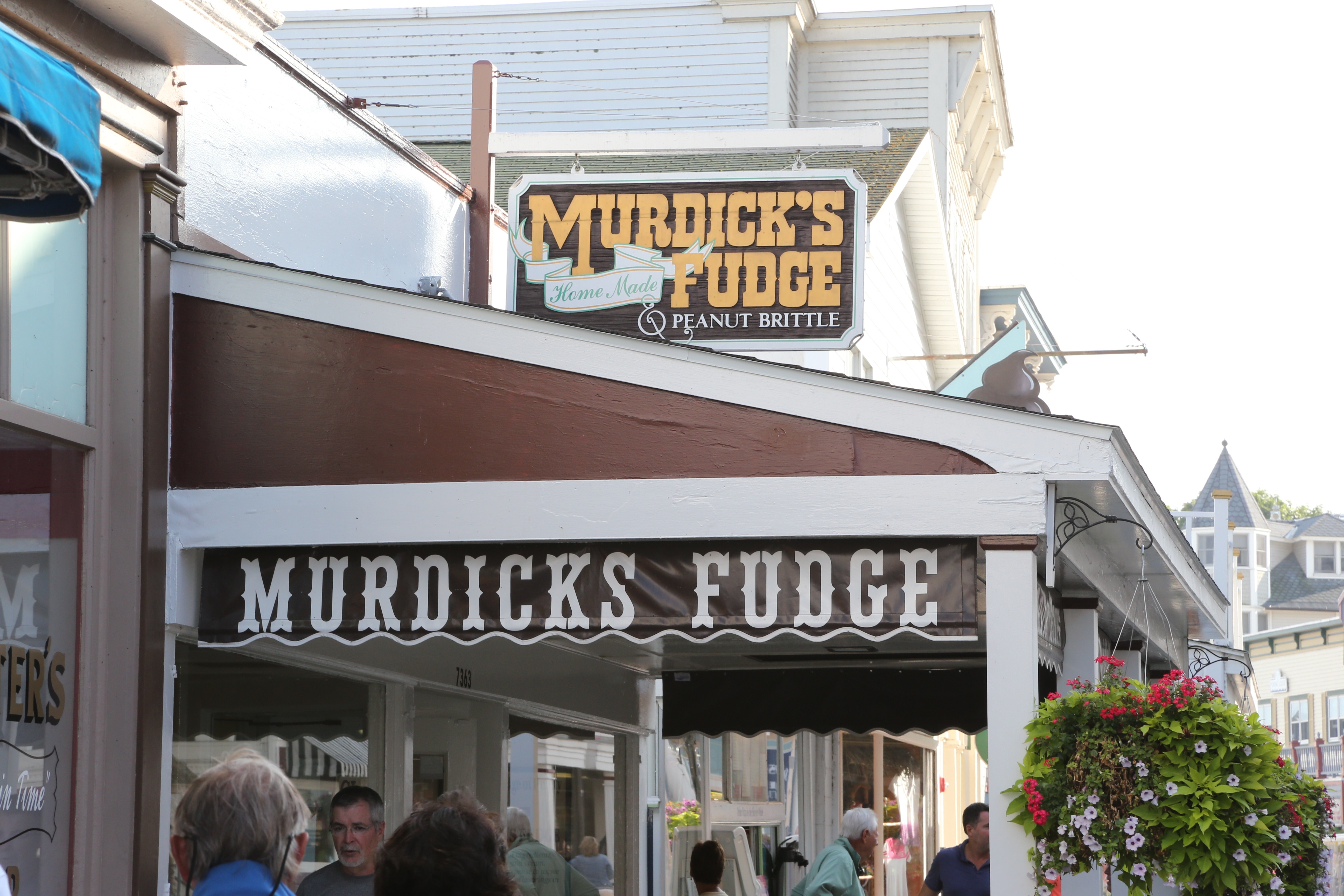 That Summer Food-Stand Job Is No Longer Just for Teenagers - The New York Times
That Summer Food-Stand Job Is No Longer Just for Teenagers - The New York Times
Carnel Samuels making a batch of espresso chocolate fudge at Murdick’s Fudge on Mackinac Island, Mich. Working fudge on marble slabs to improve its texture and to draw in customers began in the late 1800s. The first to do it was Rome Murdick, who was as much a showman as a confectioner, according to the historian Phil Porter.
Kate Medley, a visual journalist, took a summer job shaving ice for sno-balls inside a hot, sticky hut near an Interstate exit in Jackson, Miss. She earned $3 an hour and all the sno-balls she could eat. For a 12-year-old, it was a dream job.
Before Hallie Jackson became the chief White House correspondent for NBC News, she cooked French fries and handed out frozen Snickers bars at the pool snack bar near her house in Yardley Township, Pa. Her clothes smelled so bad after work that her parents made her strip them off in the garage, but it was a great first job. She learned the value of camaraderie and the relationship between hard work and a paycheck. And, she said, she developed a skill that serves her well in her current job: “You’ve got to always be hustling.”

But those kinds of summer food memories, born from what was once a rite of passage for American teenagers, are fading as fast as a soft-serve twist at a Midwest water park.
You can still find high school and college students boiling hot dogs and cleaning the fryer at the clam shacks, country clubs and state fairs that spring to life when the weather turns hot. But the food that fuels a summer vacation is now more likely being prepared by temporary workers from other countries or local adults trying to make the gig economy work for them.
“It used to be all college kids,” said Bob Benser Jr., who owns the Murdick’s Fudge shops on Mackinac Island, between Michigan’s Upper and Lower Peninsulas. The Murdick family first opened a candy shop in 1887, starting a confection craze that is so much a part of the culture here that summer tourists are called fudgies.
Although youth employment in the United States still spikes in the warmer months, the number of teenagers in the summer labor force fell to 43 percent in 2016, from almost 72 percent at its peak in 1978, according to the most recent figures from the federal Bureau of Labor Statistics.

Pressure has come from several directions. School started stretching into summer. Employment laws became more restrictive. Scooping cones or running a dough-filled Hobart were no longer considered worthy résumé builders.
At the same time, demand for summer workers rose. After 9/11, domestic travel acquired new appeal; Americans took more vacations, but shorter ones. With a laptop and a good internet connection, work could be done anywhere.
Vacationers started arriving at summer destinations in early May and showed up well into the fall. Trying to staff a fudge shop or marina restaurant with a work force that vanished when classes started in August was a headache.
Employers began making use of workers from other countries with H-2B visas, which are granted to businesses that have specific kinds of seasonal work. But those visas became more difficult to obtain under the Trump administration, which made changes to the program that it said were meant to protect jobs for Americans.













